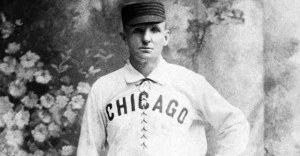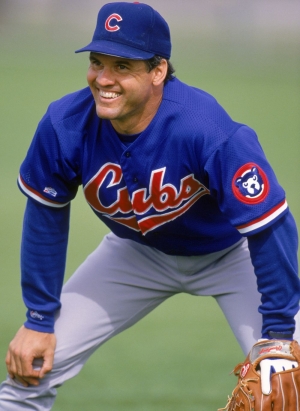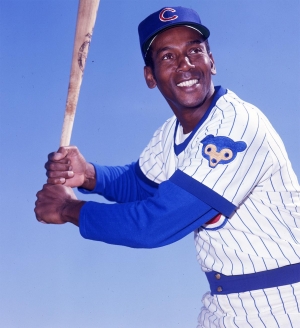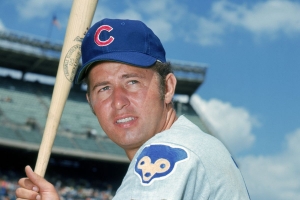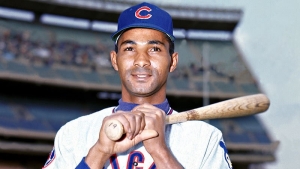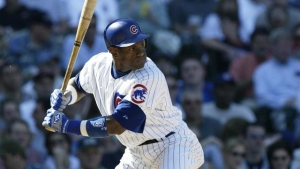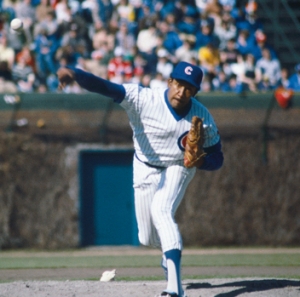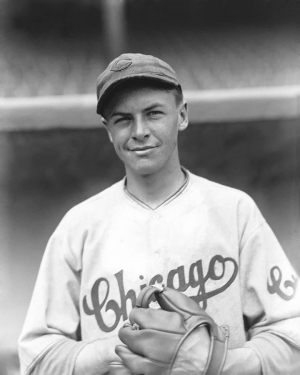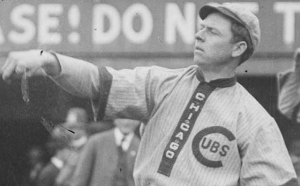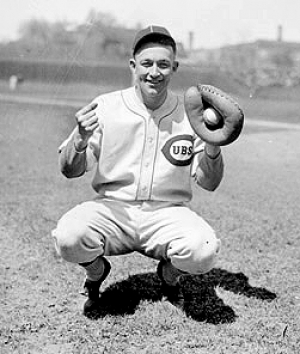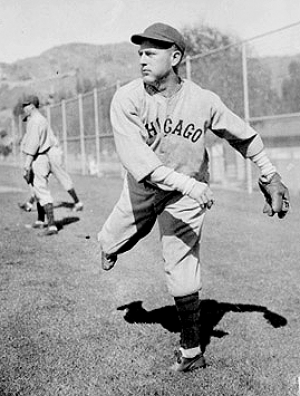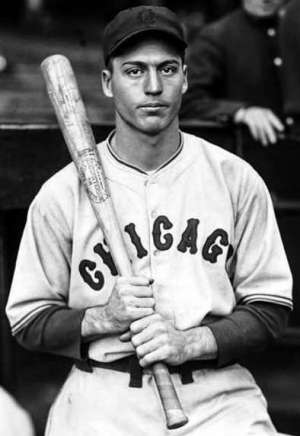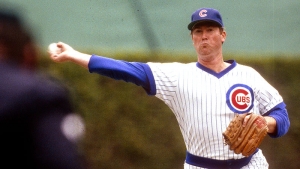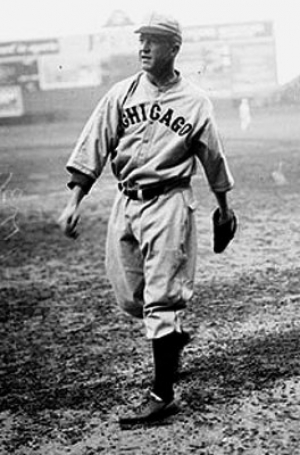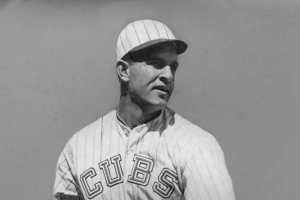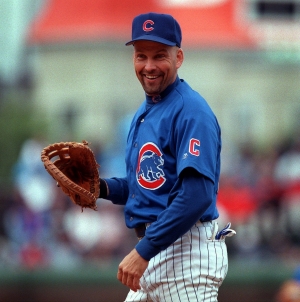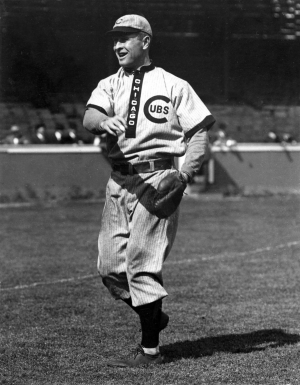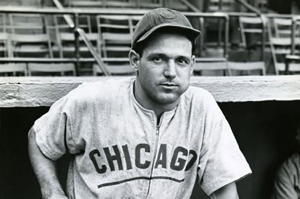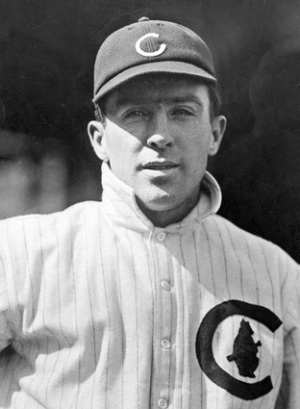Top 50 Chicago Cubs
When it comes to iconic sports teams in North America, few can come close to the Chicago Cubs.
The Cubs first came into existence in 1870 as the Chicago White Stockings would join the National League in 1876. Before 1900, Chicago was one of the most successful teams. Led by Cap Anson, Chicago would win the National League Pennant in 1876, 1880, 1881, 1882, 1885 & 1886. They would go through a couple of name changes to the Colts, Orphans and would officially adopt the name of the Cubs in 1903.
The Cubs did well in the first decade of the 1900s where with stars like Joe Tinker, Johnny Evers, Frank Chance, and Three Finger Brown and would win the World Series in 1907 and 1908. That would begin the longest championship drought in sports.
You know the story. The alleged curse of the goat. Steve Bartman.
It would take until 2016 when they would win the World Series again, although they did win the National League Pennant multiple times between them (1910, 1918, 1929, 1932, 1935, 1938 & 1945). They also had Hall of Famers at that time, like Ernie Banks and Ryne Sandberg.
As of this writing, three World Series Championships is not very many for a team that has been around since the beginning, but again, how many organizations are as well known as the Cubbies!
Not too many!
This list is up to the end of the 2024 season.
Note: Baseball lists are based on an amalgamation of tenure, traditional statistics, advanced statistics, playoff statistics, and post-season accolades.
ARIZONA DIAMONDBACKS - TICKET + HOTEL DEALS
Mar 24, 2025
Buy your Tickets to see Arizona Diamondbacks - Ticket + Hotel Deals HERE!
2025 TORONTO BLUE JAYS - TD EXECUTIVE SUITES
Jan 01, 1970
Buy your Tickets to see 2025 Toronto Blue Jays - TD Executive Suites HERE!
2025 TORONTO BLUE JAYS FLEX PACKS
Jan 01, 1970
Buy your Tickets to see 2025 Toronto Blue Jays Flex Packs HERE!
2025 SEATTLE MARINERS FLEX MEMBERSHIPS
Jan 01, 1970
Buy your Tickets to see 2025 Seattle Mariners Flex Memberships HERE!


